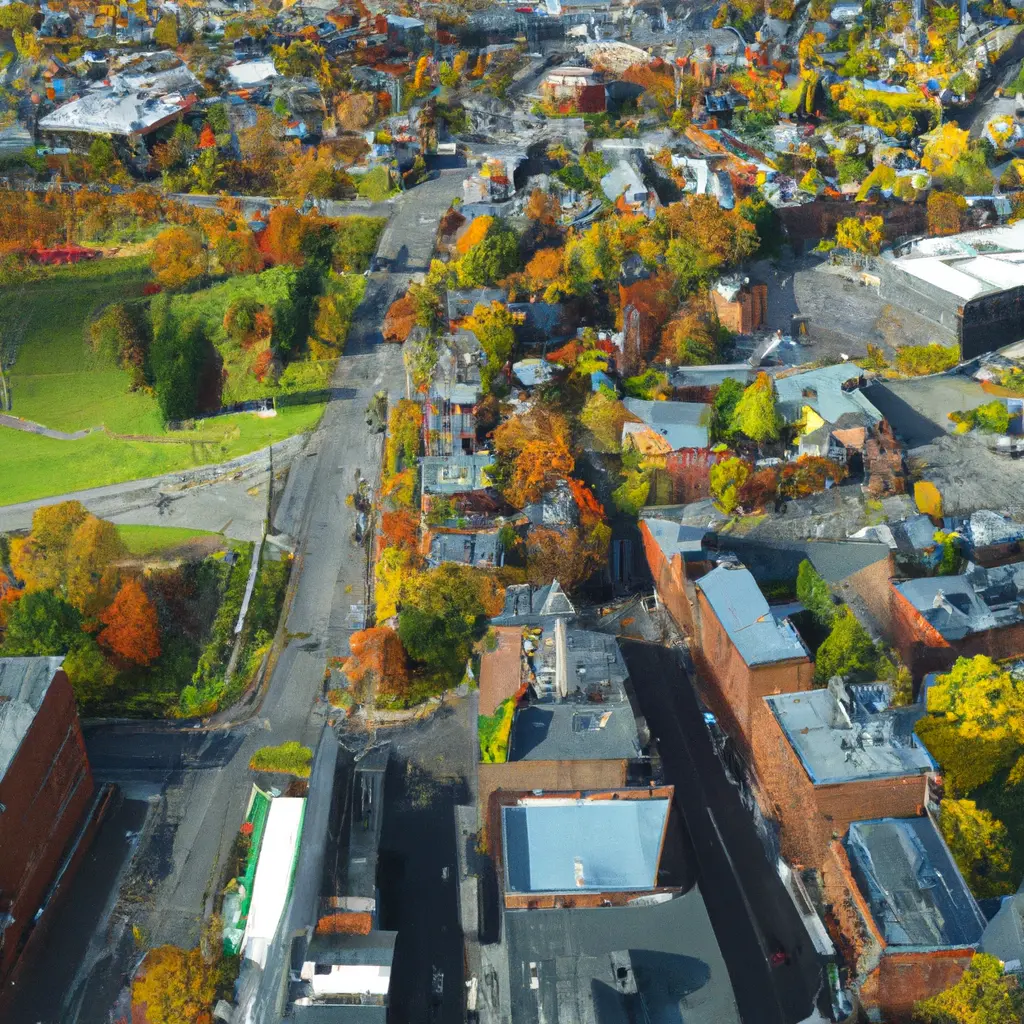Why many U.S. cities don't have homes to buy

Mortgage rates are rising, and the real estate market across the country is starting to loosen up. But in many U.S. markets, prospective buyers face a big problem: There's simply nothing to buy.
The number of available homes on the market has been decreasing since the recovery from the Great Recession, as investors are buying up houses and the older generation of Americans is choosing to stay in their homes. Some real estate market analysts had predicted that the number of available homes would start to rise as builders rushed to complete more new houses. However, in markets where there is not a large amount of new construction, including Hartford, Connecticut, and Buffalo, New York, housing inventories are close to historical lows, according to data from Redfin provided to TIME.
“I've never seen anything like it,” says Becky Koladis, who has been a real estate agent in Hartford for 23 years. “There's just no choice.” In December, Hartford had only 1.4 months of housing inventory, meaning that at the current pace of demand, all homes on the market would sell in 1.4 months. According to Redfin, Hartford's housing inventory has been less than two months since July 2021 and was 5.9 months in February 2019. In past decades, economists have said a balanced real estate market has four to six months of inventory, “but we haven't seen that since the last housing market crash,” said Daryl Fairweather, Redfin's chief economist.
One reason for the low inventory nationally is that many homeowners were able to get a deal at record low interest rates in 2020 and 2021. Since then, mortgage rates have risen sharply - the rate on a 30-year fixed mortgage hit 6.7 percent on March 9, nearly double what it was a year ago, according to Freddie Mac. That means homeowners who bought or refinanced at a low interest rate are reluctant to sell their homes and buy another with a much higher interest rate.
The low number of available homes makes the home search an even more agonizing and emotionally charged process because buyers find that there simply aren't that many options. They have to choose between buying an overpriced available home or waiting - potentially for a long time.
There are factors that make some markets particularly tough.

For one thing, they are considered relatively affordable, so people who can't afford to live in New York City are traveling to smaller cities to be able to buy a home. Coladis, a Hartford real estate agent, says she has seen many buyers relocating to Hartford from New York, New Jersey and even California. Second, these are places in the densely populated Northeast where there is little land to build on, and therefore few new construction projects there. The U.S. is increasingly relying on new construction to increase inventory - one in three homes now for sale is new construction, Fairweather says. In 2021, that figure was about one in four. The current reliance on new construction means that markets where there has been a lot of construction in recent years have a much larger inventory. This includes Austin, Nashville and Dallas, for example, three markets where prices have risen in recent years due to competition for existing homes. As more supply becomes available, prices will stabilize.
Comment
Popular Posts
Popular Offers

Subscribe to the newsletter from Hatamatata.com!
Subscribe to the newsletter from Hatamatata.com!
I agree to the processing of personal data and confidentiality rules of Hatamatata











